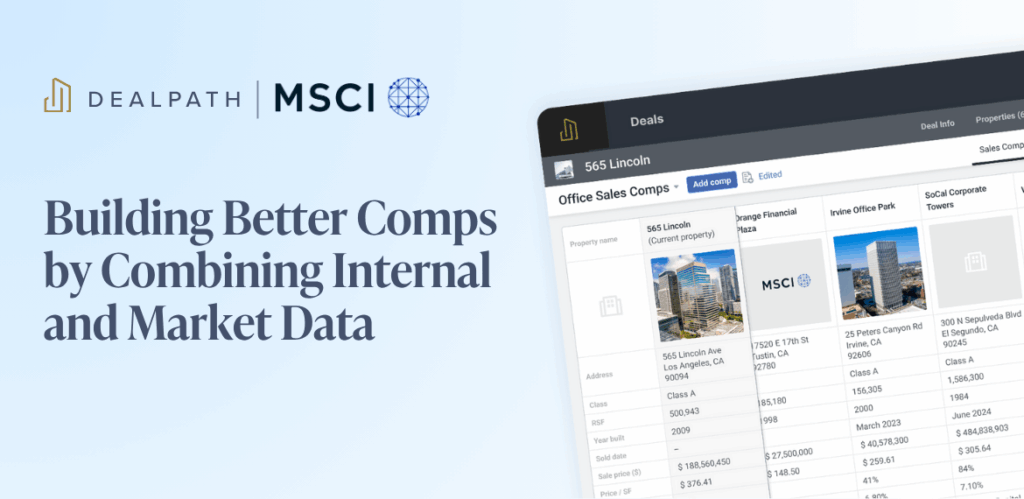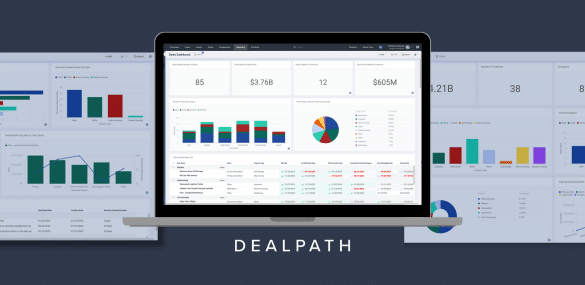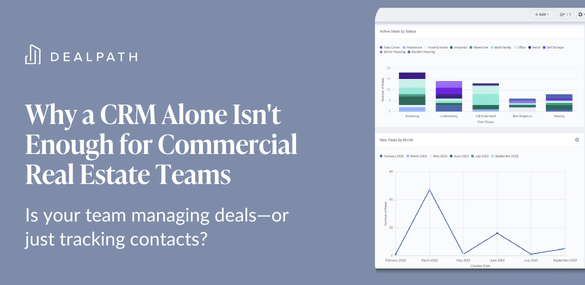CRE investment firms are increasingly benefitting from a rich and maturing landscape of specialized software tools. But in order to unlock that new value, firms also need to be proficient at the complex, time-consuming, and often costly process of software adoption.
By adopting new software and learning to adapt to new processes, companies can capitalize on efficiency savings and position themselves as a forward-thinking employer. Thus, they benefit not only by leveraging new technology, but by continuing to attract the best talent. Millennials, who will make up 75% of the US workforce by 2025, are bringing their fervor for collaborative software tools with them, and for CRE firms, it is paramount to keep current.
As a CRE software platform provider, we’ve worked with hundreds of investment firms and identified five best practices for the adoption of new CRE technology.
Secure company-wide commitment
The first and most critical step to total team adoption is the alignment of shared goals and objects. Collectively identify your biggest pain points, and agree on the best solution. Without unanimous consent, software adoption will be an uphill battle, and is often unsuccessful.
Deploy strategically
For any change to stick, you have to establish a single point of contact. They are in charge of implementation, adoption, and training. Importantly, they must be knowledgeable about current processes and the resident expert on the new software solution.
Gamify the process
Studies have shown that it takes approximately 21 days to build a new habit, so it’s important that once implemented, software usage is positively reinforced. Strategies like gamification can encourage teams to adopt new behavior by tapping into their competitive instincts and making the whole process more enjoyable.
Leveraging the Change
Once the new software and processes are in place, begin to standardize and scale existing workflows. Leverage templates and workflow automation where possible, and integrate the software with the rest of your technology stack. Most importantly, use the software to its fullest potential as soon as possible. In this way, you immediately ease pain points and reduce friction to change.
Optimize for growth
Once the habit is firmly established, you’ll be in a position to start thinking about how to optimize your new software. After the new software becomes familiar and the rough edges are smoothed out, you gain further efficiencies and new value. Optimization gains begin to compound and deliver positive returns for your organization.
While software adoption can be daunting, especially in areas like commercial real estate, there are significant returns to be gained by successfully making the shift. With careful planning, a top-down approach, and a healthy dose of incentives, you and your team can become the new standard bearers.
To learn more about implementing collaborative CRE software, be sure to check out our 7 Proven Strategies to Modernize Your Real Estate Deals.



